What is the Difference Between HRM and HRD?
HR Lineup
APRIL 3, 2024
Its roles and functions include: Training and Learning: Designing, delivering, and evaluating training programs to enhance employees’ skills, knowledge, and competencies. HRD initiatives may include training and development programs, career planning, mentoring, coaching, and succession planning.









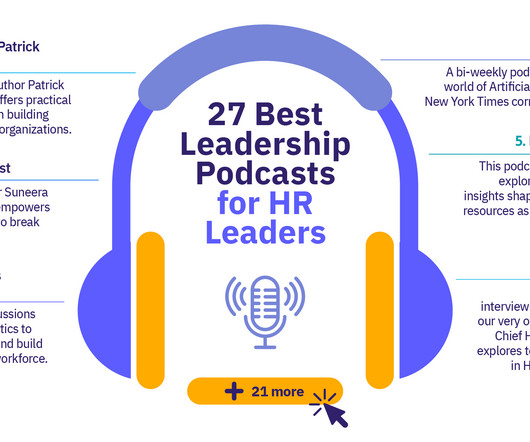

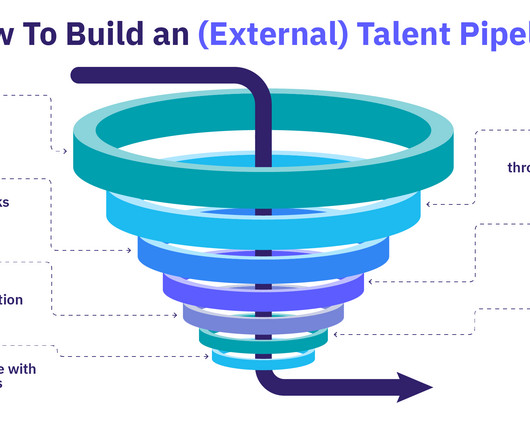

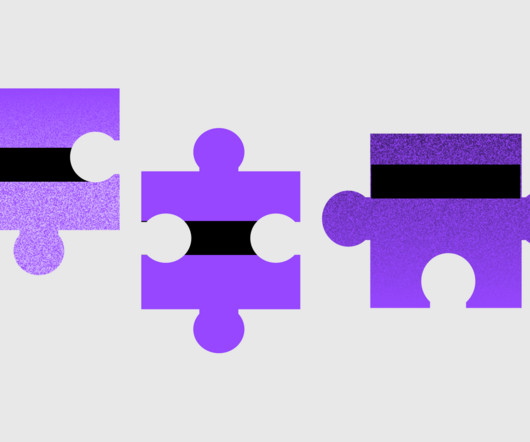

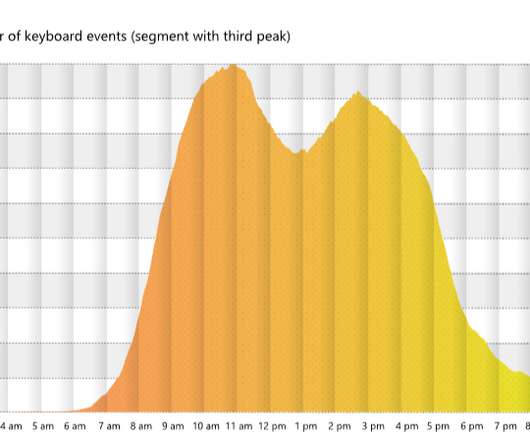

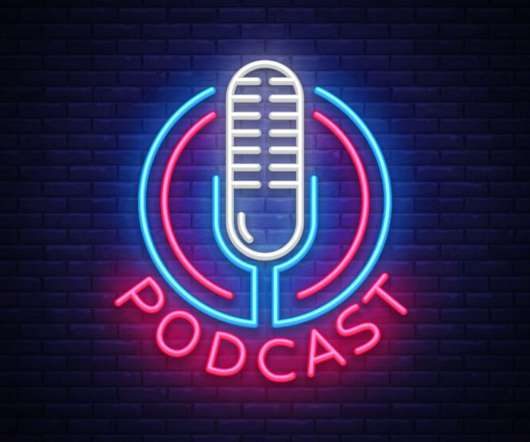



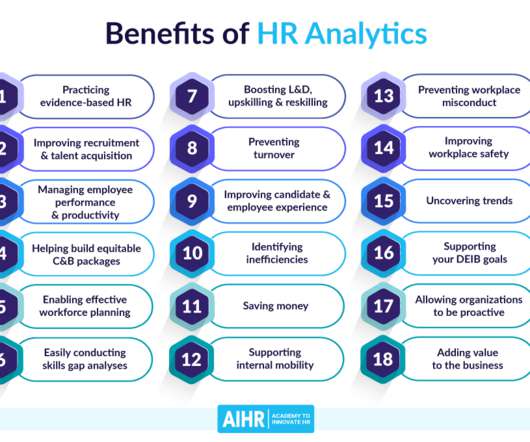

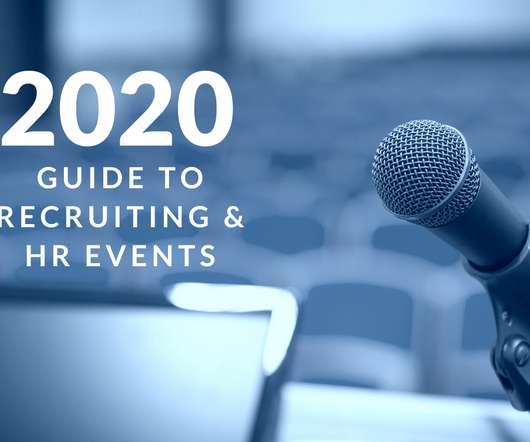












Let's personalize your content